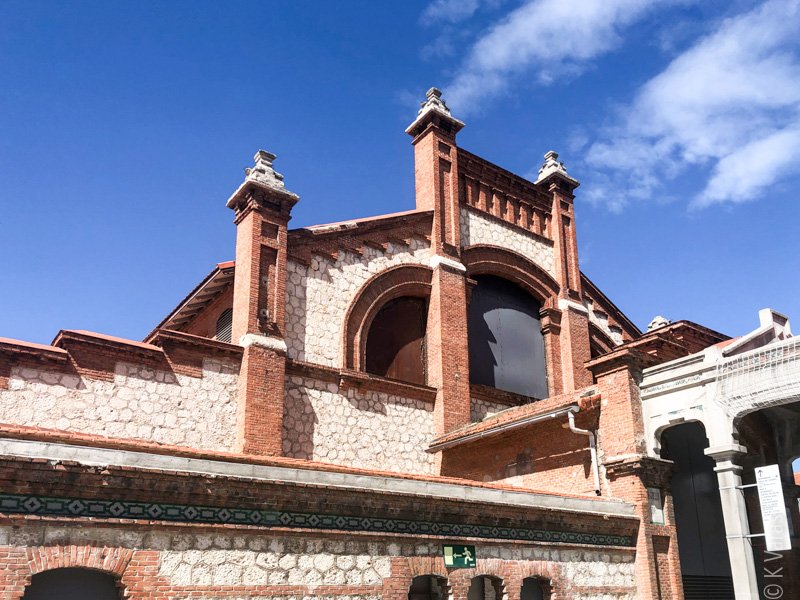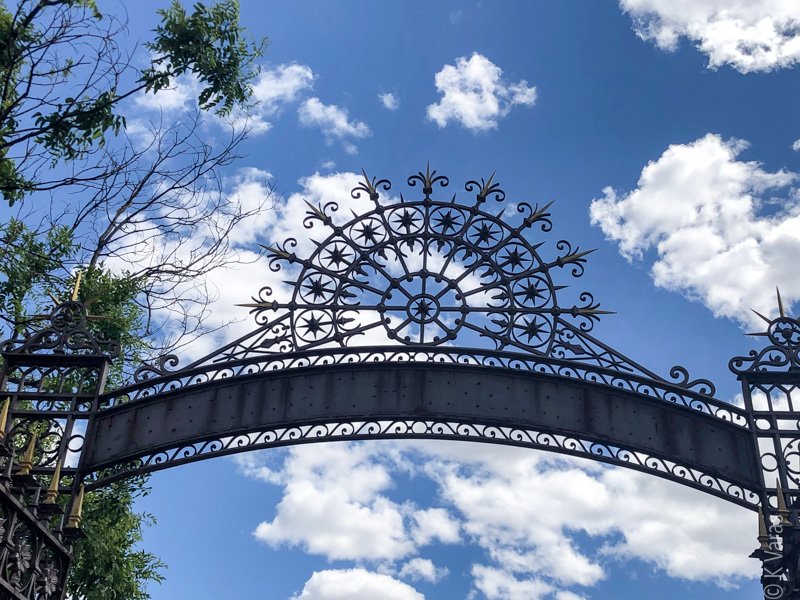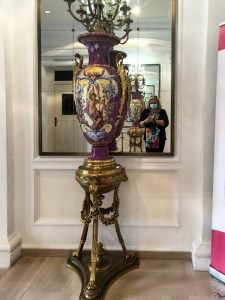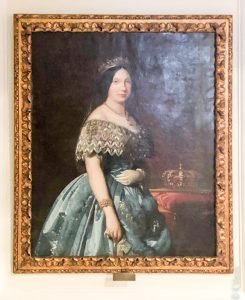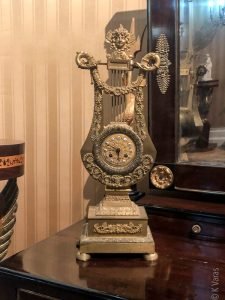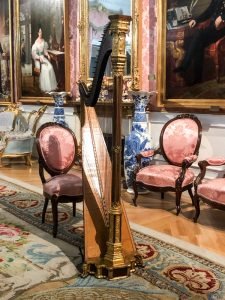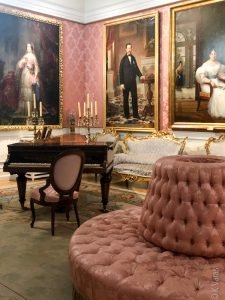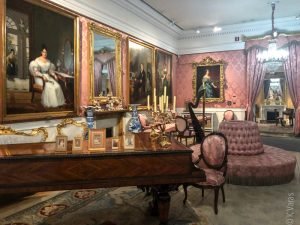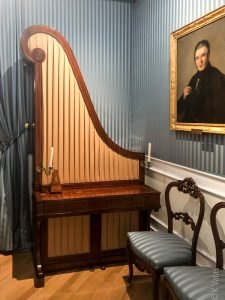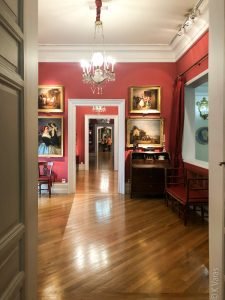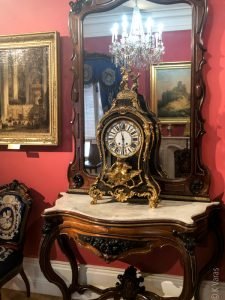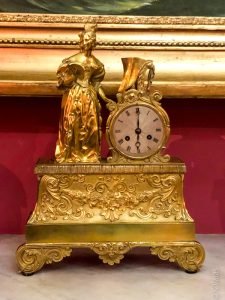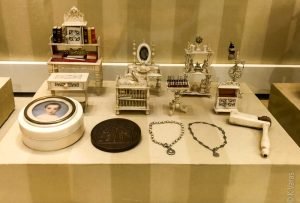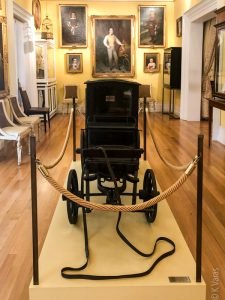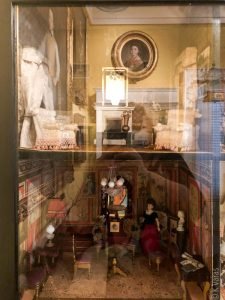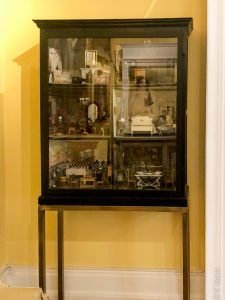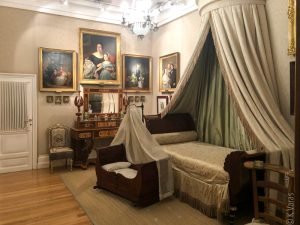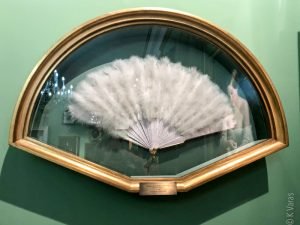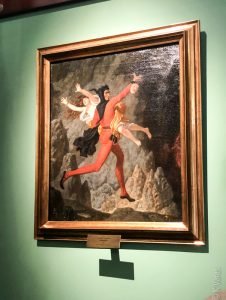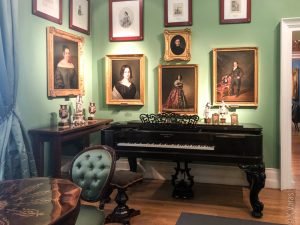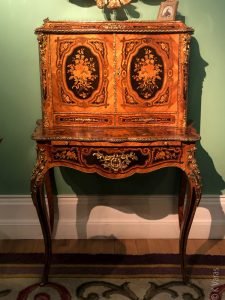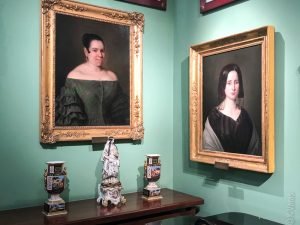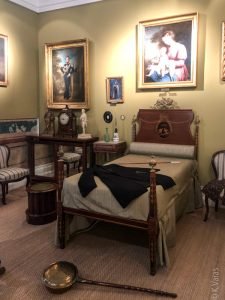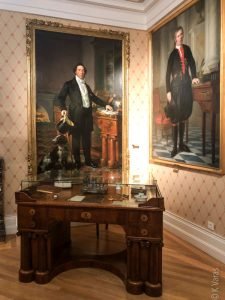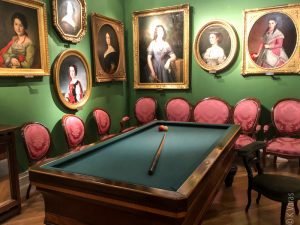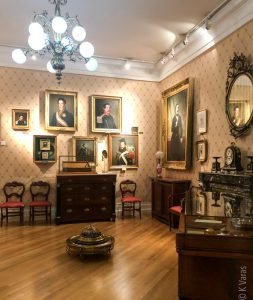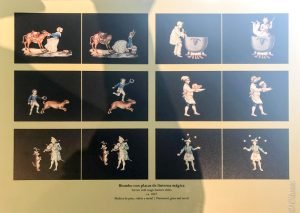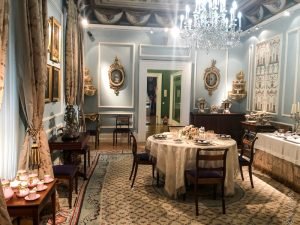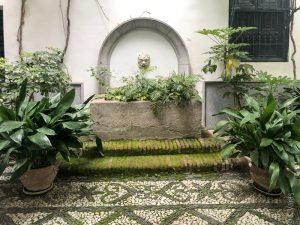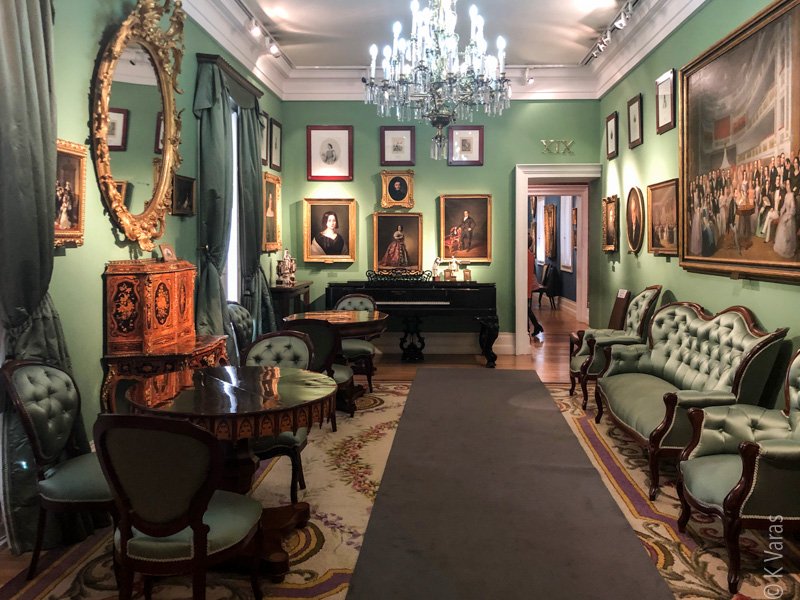
Museo del Romanticismo
We never think about how museums came about, do we? They’re just there and many have been around for a very long time. Every so often a new one is opened, like the Bombas Gens in Valencia, but who started the first one? When did people decide it was a good idea to begin collecting various (but similar) things, put them all in one place, display them in glass boxes or behind ropes, and start charging entry fees? And was it governments or private individuals who initiated them? I started thinking about this as I looked more into the story of the Museo del Romanticismo near my house. I found the idea of someone dedicating a whole museum to Romance (it was originally called the Romantic Museum) very appealing and had to check it out.
The word museum comes from Greek and denotes a place or temple dedicated to the Muses, and hence, a museum is a building set apart for study and the arts. According to Wiki, in 1683, a private collection of natural history curiosities was donated to the University of Oxford, where the collection was opened to the public, and this was the first museum (as we understand it) in the world. The Prado was the first museum to open in Spain, in 1819. This Romantic museum was opened about a hundred years later.
The former palace of the Marquis of Matallana, built in 1776, houses this Museo de Romanticismo, a fascinating collection of XIX century paintings, furniture, and decorative art which captures the essence of the cultural, political, and everyday life of Madrid of that time. Unfortunately I never got to see the façade of this building, hidden as it was by a wall of scaffolding–it appears work was being done on it, hiding it so well I almost missed it. The interior of the palacio not only contained a sizable collection of old masters’ paintings, it was a rather fascinating insight into what life was like in the times of Romanticism, a time characterized by “its emphasis on emotion and individualism as well as glorification of all the past and nature, preferring the medieval rather than the classical.”
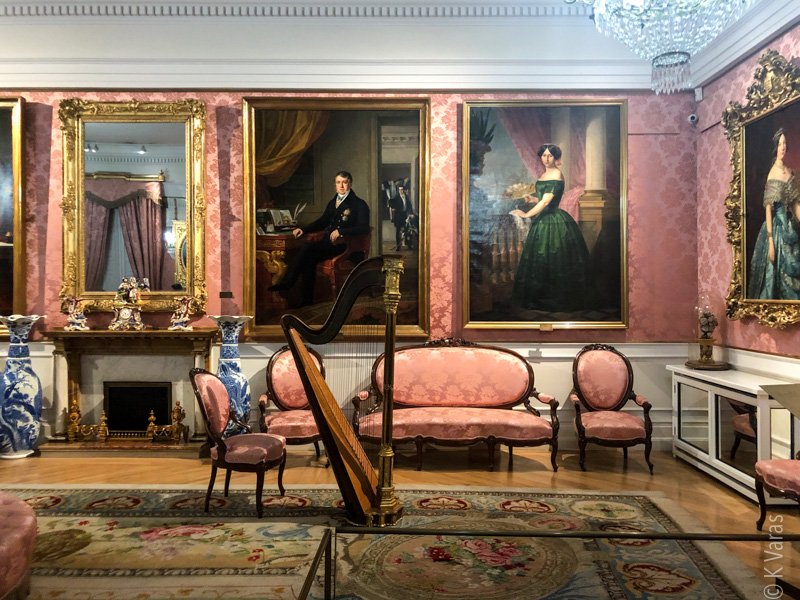
In 1911, the Marquis Benigno de la Vega-Inclán became Royal Commissioner for Tourism and his work focused on the promotion of tourism in Spain and the protection and promotion of historical heritage. In order to put his country on the map, so to speak, he took his job very seriously and had a big hand in the foundation of the Casa de Cervantes in Valladolid, the Museo del Greco in Toledo, and the Museo Romántico in Madrid. You could say he was pretty instrumental in giving rise to tourism in this beautiful country though I wonder if he’d be turning in his grave now if he knew about Benidorm.
I wandered through the many rooms on display, diligently noting the various pianos and clocks (I was advised at the entrance there were many), though the security there was extremely vigilant and I felt like I was being followed constantly. Or maybe they were just happy to actually see someone visiting? The art was, indeed, quite impressive: there were paintings by Goya, most notably, but many other Spanish artists of that time were also represented. I found one room especially interesting: the billiards room, typically the men’s milieu, was decorated with only portraits of women, and quite a few of them.
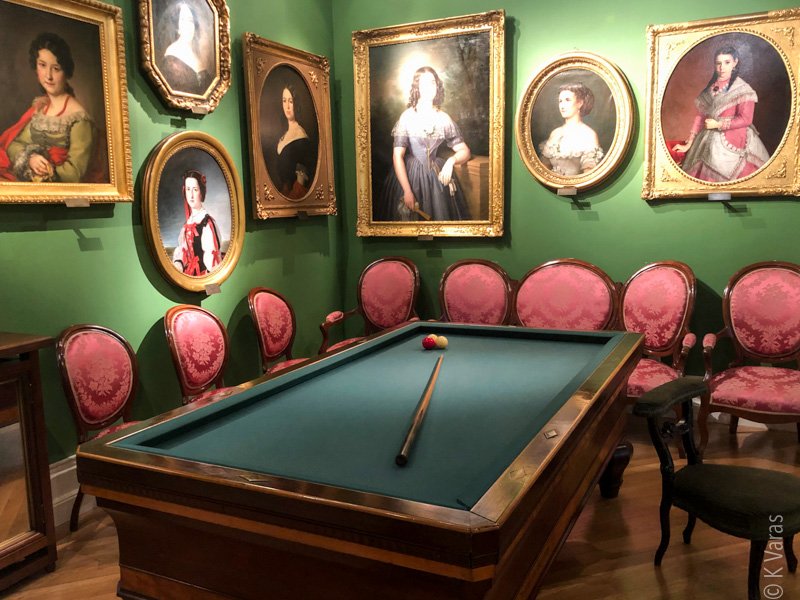
The palacio also has a beautiful garden, or so I’ve read, but, unfortunately, because of Covid, it was closed. I have to admit I looked forward to having a coffee in the café there. Maybe next time … and, of course, I have yet another place to return to.
